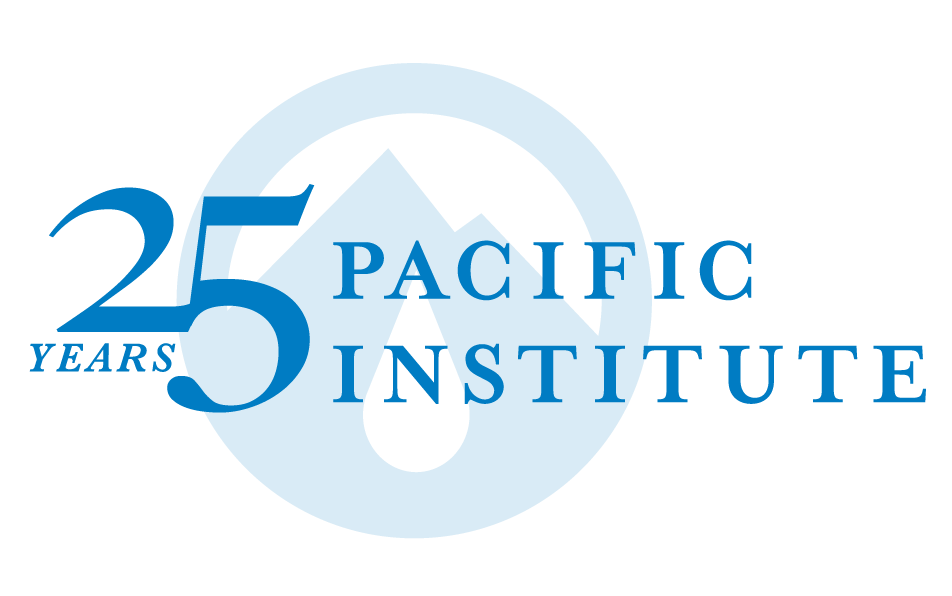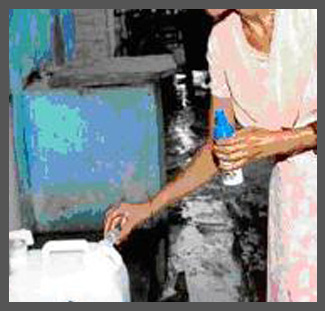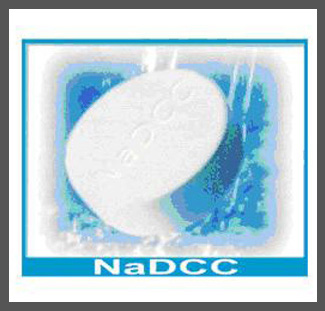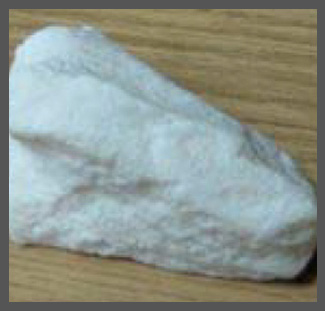HWTS - Chemical
Household water treatment and safe storage (HWTS) has emerged as a viable solution for small and large populations, especially in rural areas. HWTS interventions can lead to dramatic improvements in drinking water quality and reductions in diarrhoeal disease, making an immediate difference to the lives of those who rely on water from polluted rivers, lakes and, in some cases, unsafe wells or piped water supplies.
Chlorination is the most widely used method of disinfecting drinking-water. Liquids (such as bleach), powders (such as bleaching powder), and purpose-made tablets can be used. Iodine can also be used as a chemical disinfectant. Choosing the right amount of chlorine to use can be difficult, because the effectiveness of chlorination depends on the quality of the untreated water, which may vary according to the season.
To decide which household water technology is most appropriate for your needs, financials, and preferences, try using the Community Choices tool by The Pacific Institute. It walks you through a brief survey to consider variables for the right HWTS treatment in Ghana, Burkina Faso, Australia and the US.
Field experiences
The following project(s) utilize chlorine in their water source.
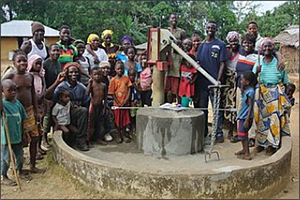 Senjeh Well Restoration |
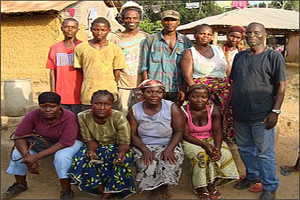 Behsee Town Well Restoration |
 Lebeh Well Restoration |
 James Town Well Restoration |
Acknowledgements
- To accelerate health gains to those without reliable access to safe drinking water, WHO established the International Network to Promote HWTS in 2003. The informal network format optimizes flexibility, participation and creativity to support coordinated action. The Network.
- Brikke, François, and Bredero, Maarten. Linking technology choice with operation and maintenance in the context of community water supply and sanitation: A reference document for planners and project staff or (alternative link). World Health Organization and IRC Water and Sanitation Centre. Geneva, Switzerland 2003.
